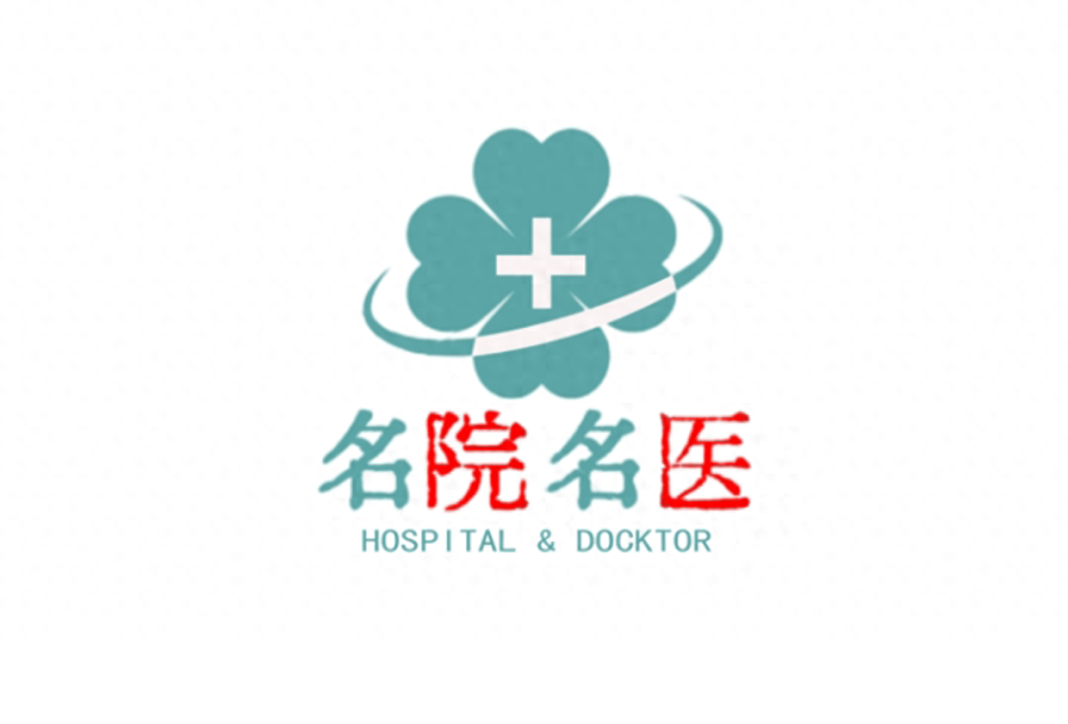When facing an unexpected pregnancy, many women encounter the dilemma of choosing a method of abortion. Currently, the main clinical methods of abortion include medical abortion (referred to as medication abortion) and surgical abortion (referred to as a surgical abortion), both of which have their pros and cons, and the harm to a woman’s body can vary.
This article will detail the advantages and disadvantages of these two abortion methods, helping women make a more suitable choice based on their individual circumstances.
1. Medical Abortion
Medical abortion refers to the method of terminating a pregnancy by taking special medications, primarily mifepristone tablets and misoprostol tablets, suitable for early pregnancies within 49 days. The advantage of medication abortion lies in its simplicity, as it does not require surgical intervention, which makes it popular among many women. However, medication abortion also has notable disadvantages and risks.
1. Advantages
(1) High success rate: The complete abortion rate for medication abortion exceeds 90%.
(2) Minimal trauma: Medication abortion requires no surgery, avoiding the pain and trauma associated with the procedure, resulting in relatively minor damage.
(3) Simple process: The medication intake process is relatively straightforward, without complex surgical procedures.
2. Disadvantages
(1) Prolonged bleeding time: After medication abortion, **the bleeding duration can be long, lasting over two weeks in some cases, increasing the risk of infection.
(2) Incomplete abortion: Although the success rate of medication abortion is high, there is still a possibility of incomplete expulsion of pregnancy tissue, necessitating a surgical procedure, leading to secondary damage.
(3) Complications: **Prolonged bleeding and excessive bleeding can lead to secondary anemia, decreased bodily resistance, and result in issues such as infection, menstrual irregularities, and secondary infertility.
2. Surgical Abortion
Surgical abortion entails the use of surgical instruments to operate on the uterine cavity, removing or scraping out pregnancy tissue to terminate the pregnancy, suitable for women within 10 weeks of gestation. Among these, painless surgical abortion is a commonly chosen method.
1. Advantages
(1) High success rate: The success rate of painless surgical abortion is very high, significantly reducing the risk of incomplete abortion.
(2) Less bleeding: Compared to medication abortion, the amount of bleeding after painless surgical abortion is comparatively low, and the duration is shorter, generally lasting 3 to 5 days.
(3) No pain: Painless surgical abortion is performed under anesthesia, so women do not experience pain throughout the procedure.
(4) Short duration: The surgical procedure typically lasts around 5 to 10 minutes.
2. Disadvantages
(1) Surgical risks: Although surgical abortion techniques are quite advanced, there remain risks such as infection and uterine perforation.
(2) Uterine damage: The procedure may cause damage to the uterine lining, thinning the uterine wall and increasing the risks of infection and infertility.
(3) Psychological impact: Some women may have a fear of anesthesia and surgery, leading to significant stress; post-surgery, they may experience negative emotions such as depression and frustration, impacting their mental health.
3. Medication Abortion VS Surgical Abortion: How to Choose?
Whether opting for medication abortion or surgical abortion, both carry certain risks and harms to a woman’s health. However, considering the success rate, amount of bleeding, and degree of pain, painless surgical abortion may, in most instances, be the more suitable choice, given its high success rate, less bleeding, and absence of pain throughout the process.
It is important to note that any method of abortion will cause some harm to a woman’s body; the best approach is to take effective contraceptive measures to avoid unintended pregnancy. In the event of an unexpected pregnancy without the need for childbirth, it is essential to visit a qualified hospital for a thorough examination, and based on personal circumstances and medical advice, choose a suitable abortion method to ensure safety.
[Important Reminder: This article is for informational purposes only and should not be used as a basis for diagnosis or treatment. For specifics, please seek medical attention and follow medical advice.]
[Source: Ningxiang City Yutan Street Community Health Service Center, Hu Xiaohong]
[Editor: YT]


